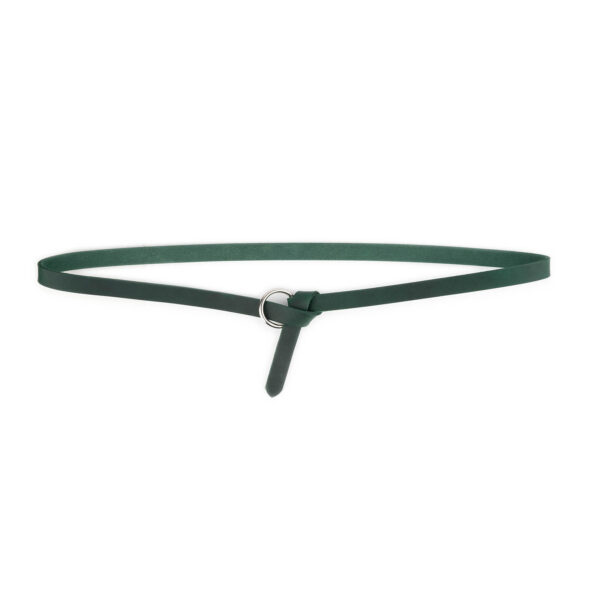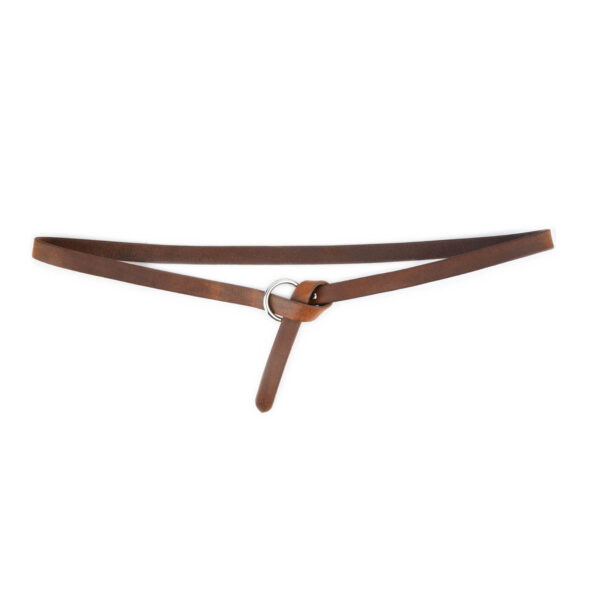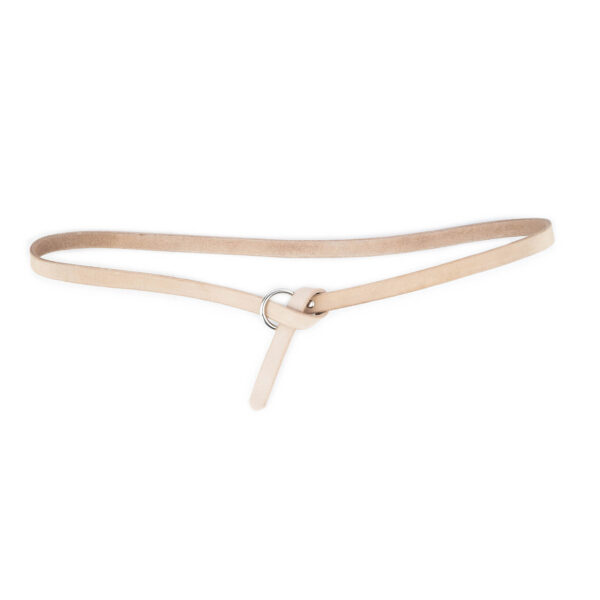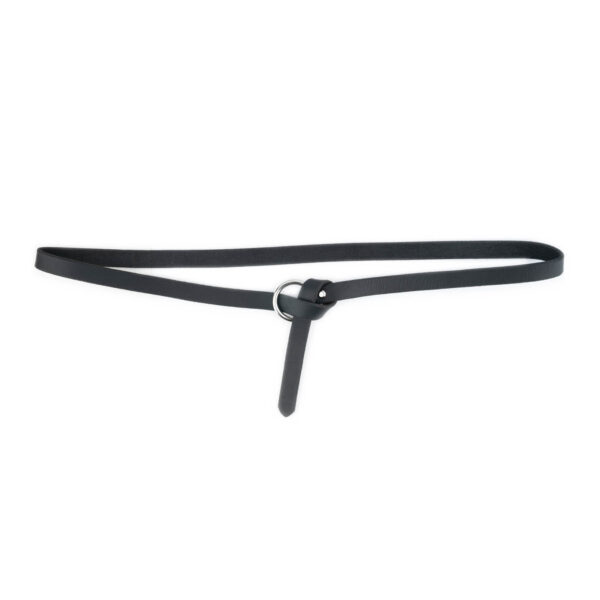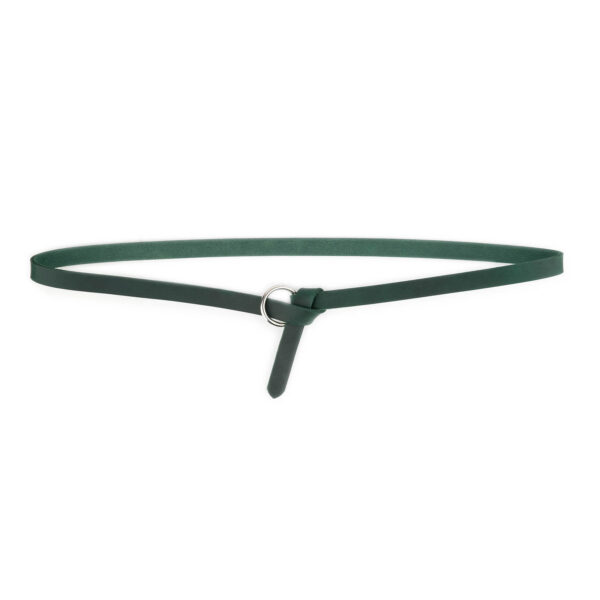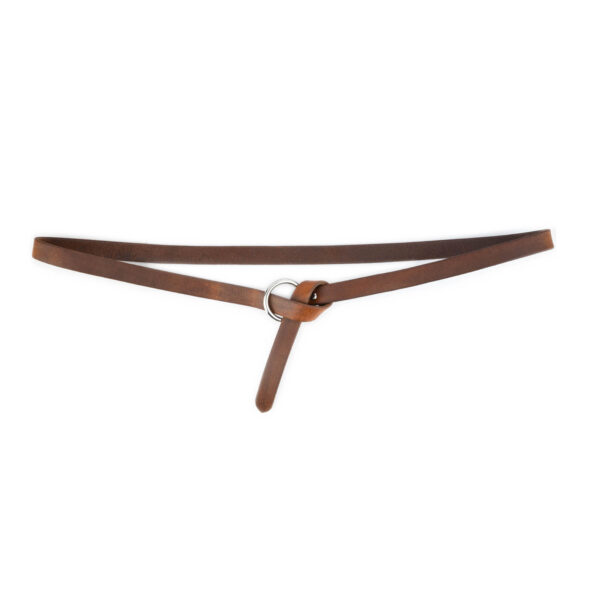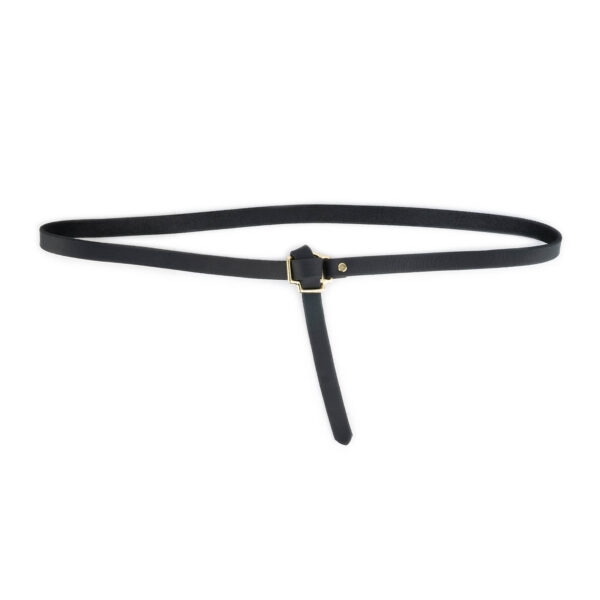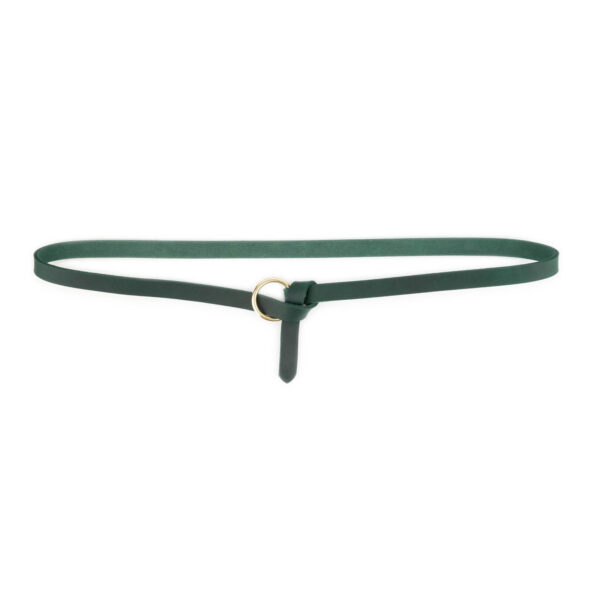Introduction

Medieval belts were more than just fashion accessories; they were symbols of status, wealth, and practicality in the times of knights and castles. From the humble peasant’s simple tie to the knight’s ornately decorated girdle, these belts tell a story of an era rich in culture and artistry. Stepping into the world of medieval belts opens a fascinating narrative of the people of the time, their societal structures, and their daily lives. The craftsmanship and detail in each belt go beyond mere functionality, weaving a rich tapestry of history and tradition that continues to captivate and intrigue us today.
Historical Significance
Usage and Symbolism
Medieval belts were integral to daily life, holding tools, weapons, and pouches. They also signified the wearer’s social status and were often gifted as tokens of respect or allegiance. These belts were not mere accessories but powerful symbols, carrying the weight of societal norms, personal identity, and even political alliances. The design, material, and adornments of a belt could tell a story about its owner, their rank, profession, and even personal beliefs or affiliations, making it a silent yet eloquent testament to the medieval social tapestry.
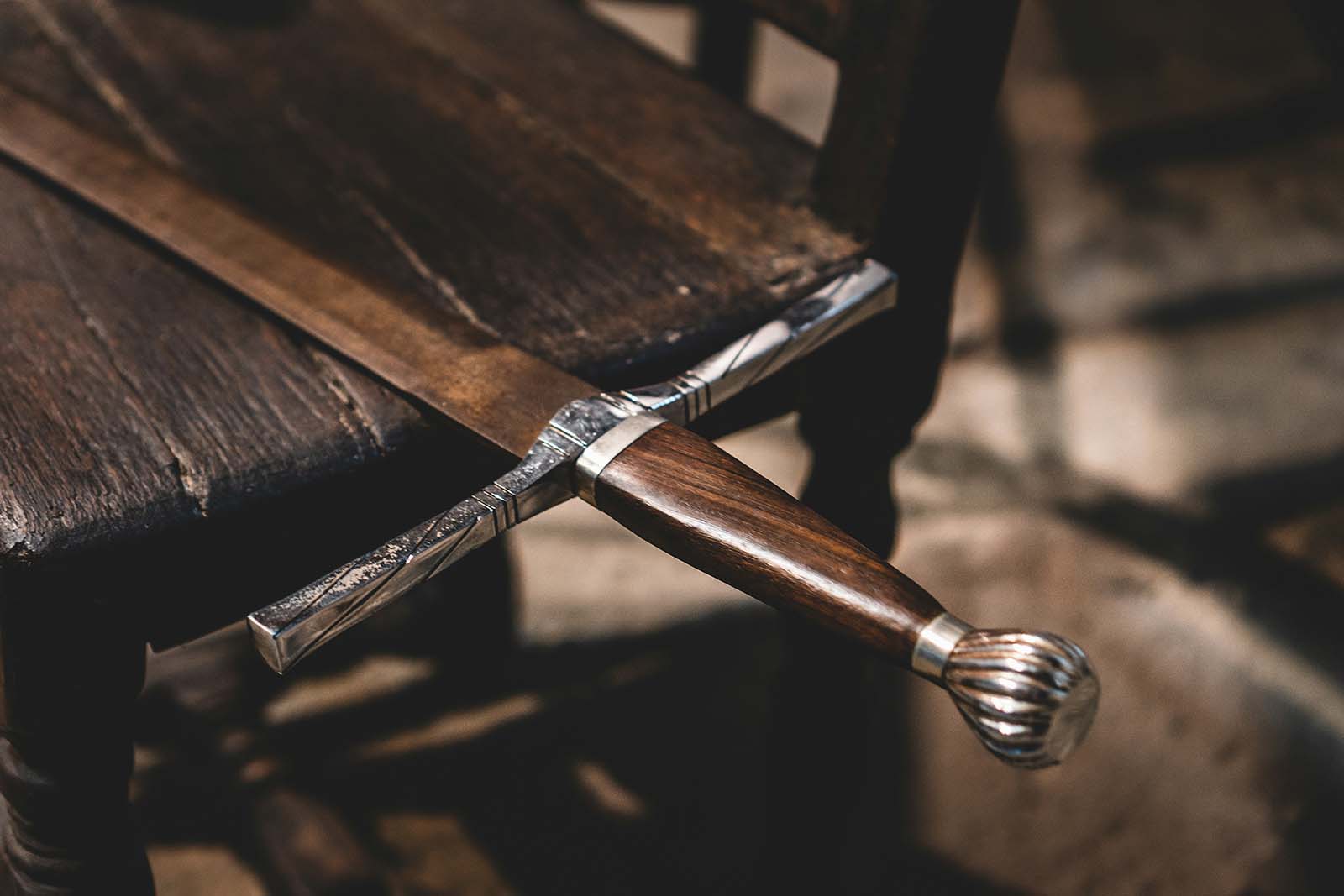
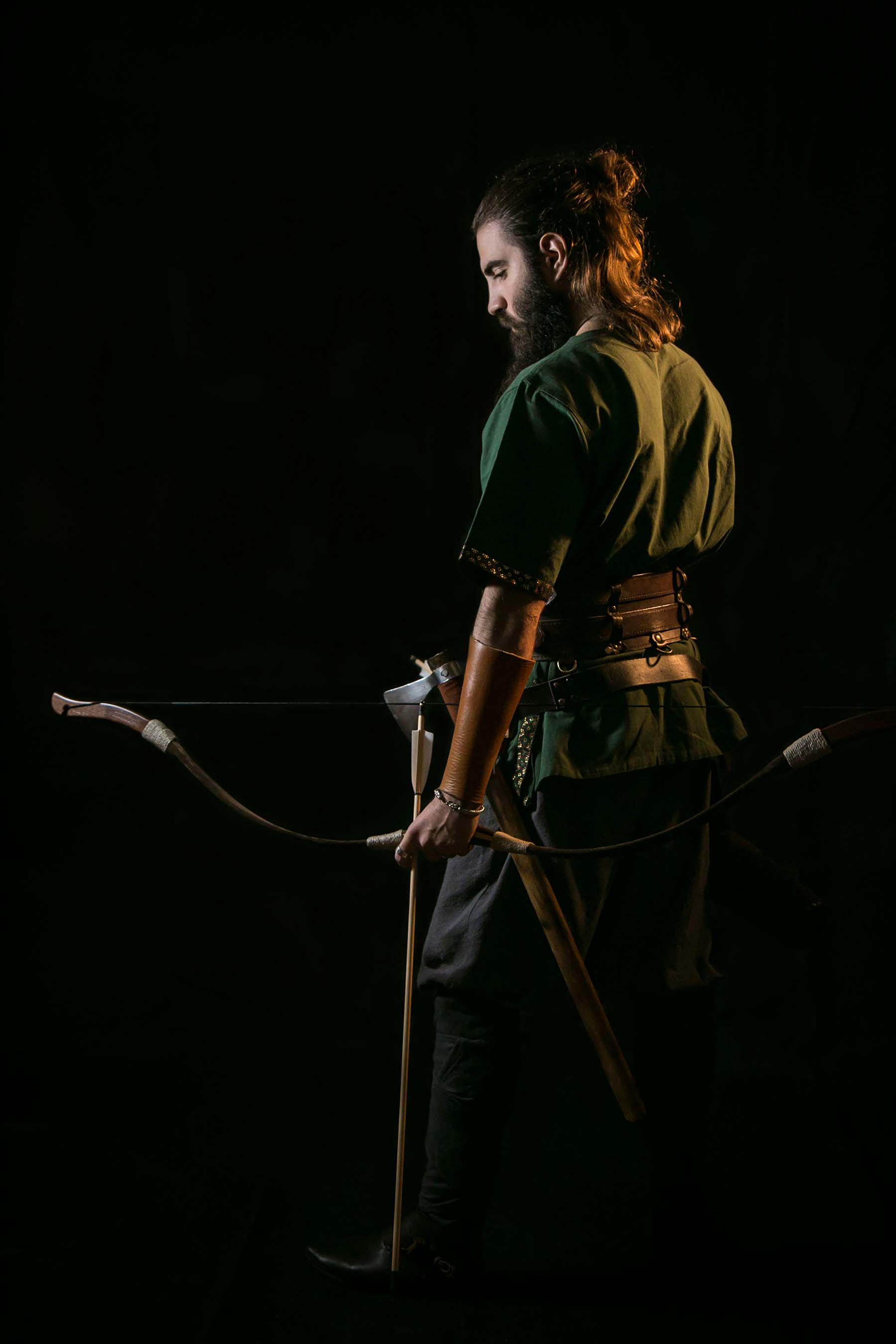
Variations Across Regions and Eras
The style and decoration of belts varied significantly across different regions and eras, reflecting the local culture and the prevailing fashion trends of the time. From the rugged, utilitarian belts of the Northern warriors to the sophisticated, gem-encrusted girdles of Southern nobility, each belt has its own story, its own origin. These variations not only signify the diversity of medieval society but also mark the evolution of fashion and craftsmanship through the centuries.
Design and Craftsmanship
Materials Used
Leather was the most common material for belts, though the wealthy flaunted belts made of silk or adorned with precious metals and stones. The choice of material was not just a matter of availability but also a clear indicator of one’s place in the social hierarchy. The tanning, dyeing, and stitching of the leather, or the intricate weaving of the silk, required skills that were highly valued and often passed down through generations, making each belt a piece of inherited artistry.
Craftsmanship Techniques
The making of a belt was an art, involving intricate techniques like tooling, embossing, and inlaying, each adding to the uniqueness of the piece. Master craftsmen spent years perfecting their skills, and the belts they produced were not just functional items but works of art. The precision of the tooling, the creativity of the designs, and the overall quality of the finished product spoke volumes about the craftsman’s mastery and the wearer’s taste and standing.
Types of Medieval Belts
Knightly Belts
These were robust and often ornate, designed to carry a sword and to showcase the knight’s prowess and status. The knightly belt was more than just a part of the attire; it was a symbol of honor, strength, and valor. Often richly adorned and elaborately crafted, these belts were worn with pride and care, reflecting the knight’s readiness to serve and protect.
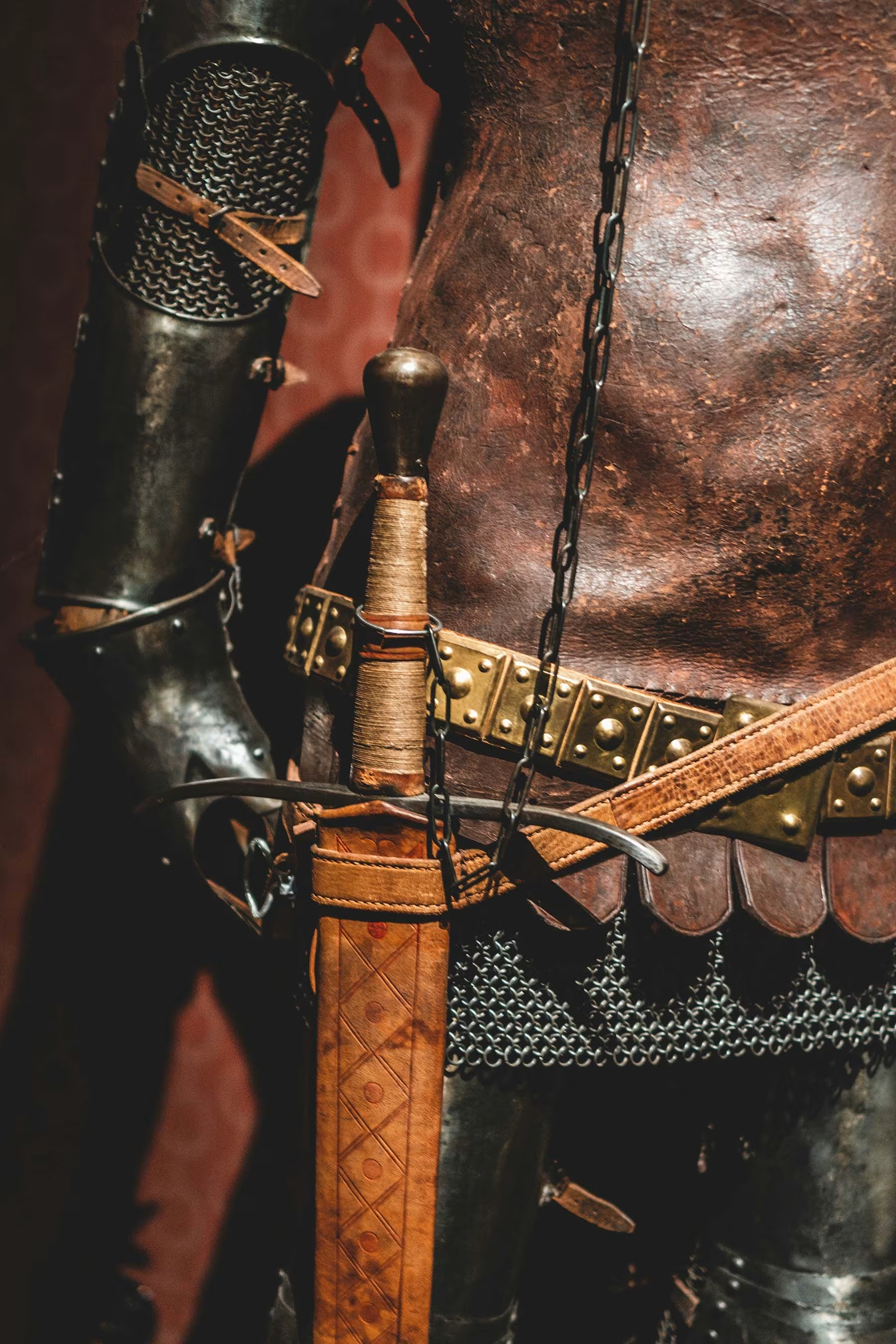
Peasant Belts
Simpler in design and made of more modest materials, these belts were functional and sturdy, meant for daily toil. They were the unsung heroes of the medieval wardrobe, bearing the brunt of hard labor and the rigors of peasant life. These belts might not have the glamour of their noble counterparts, but they tell a tale of resilience, endurance, and the indomitable human spirit.
Women’s Belts
Women’s belts were not just practical but also a key part of their attire, often beautifully decorated to match their dresses and to display their family’s wealth. These belts were not just accessories but crucial elements of a woman’s attire, reflecting her status, taste, and even her family’s heritage. The elegance of the belt, the intricacy of its design, and the richness of its decoration were a testament to the wearer’s place in society and her role within it.
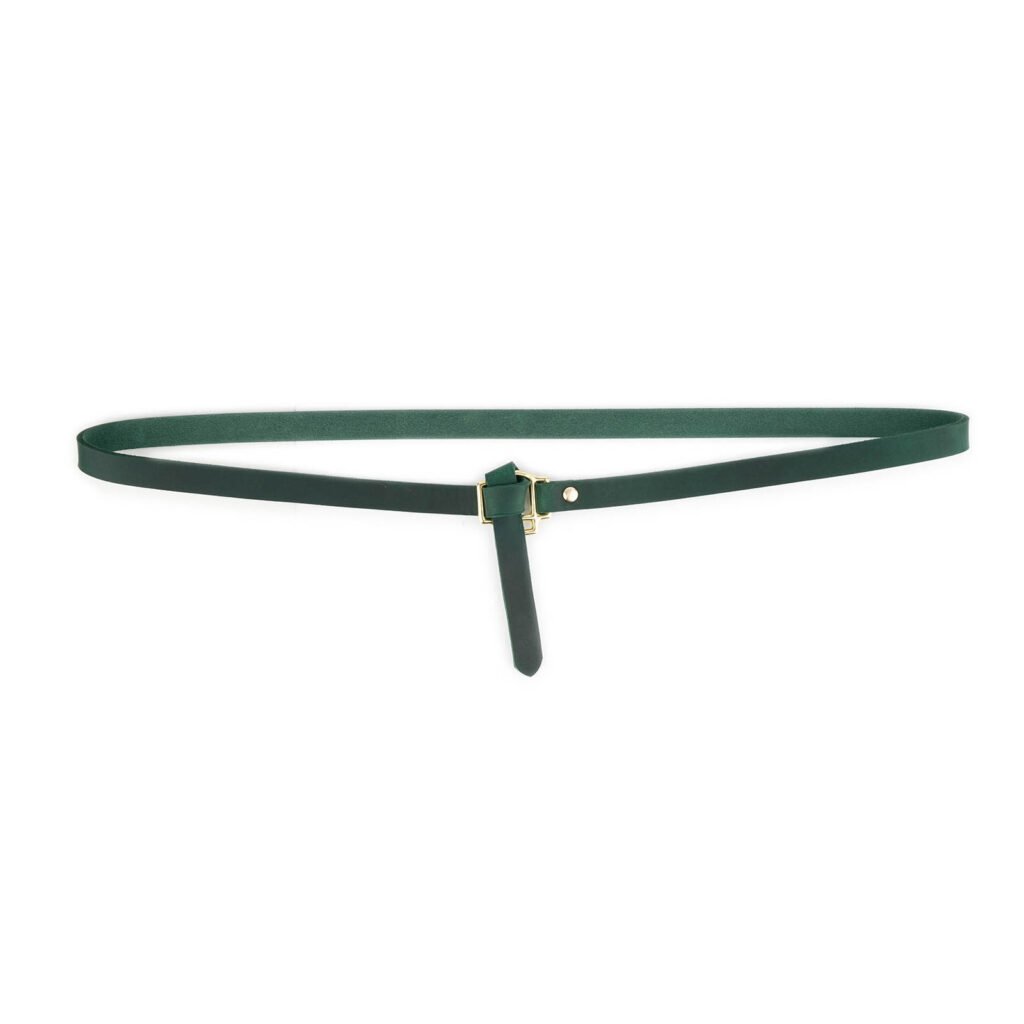
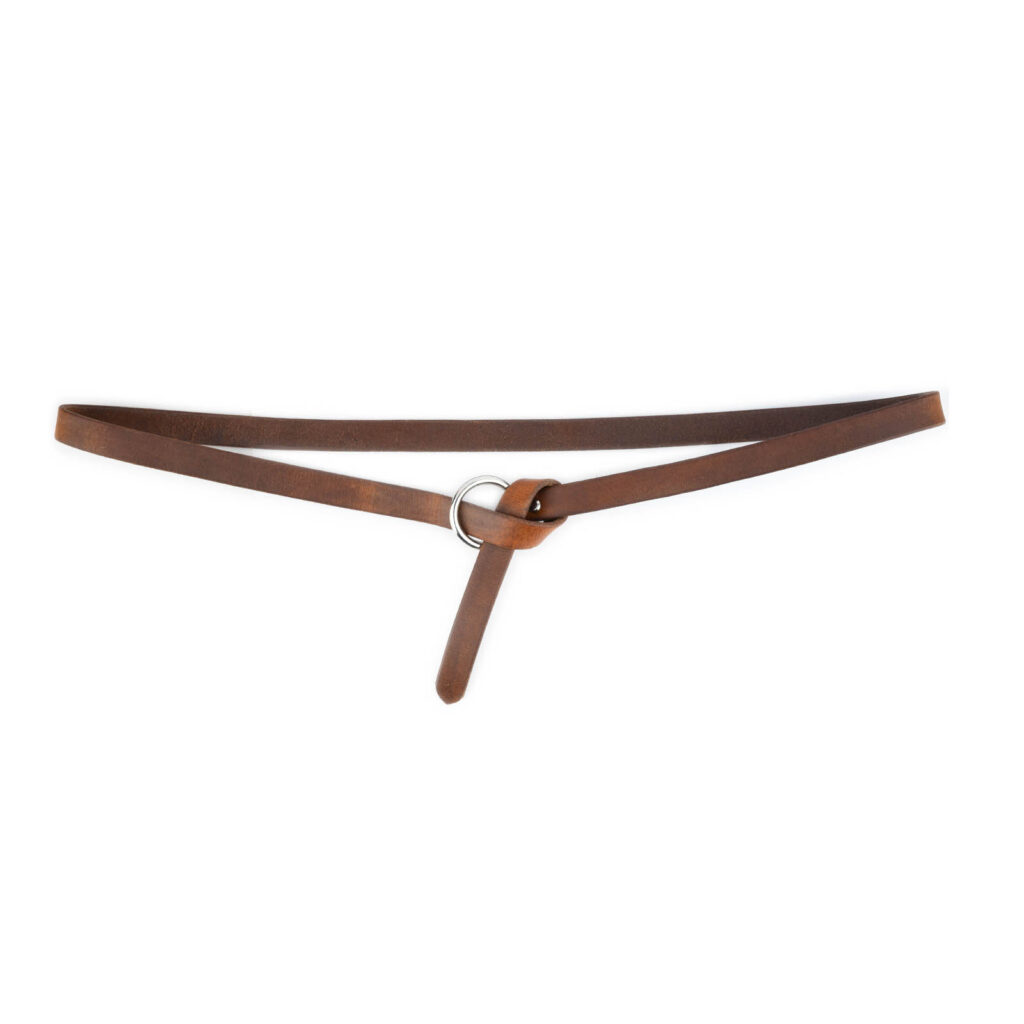
Fashion and Functionality
A Symbol of Wealth and Status
The intricacy and material of a belt were direct indicators of the wearer’s social standing and wealth. A well-crafted, ornate belt was a clear sign of affluence and high social ranking. The richly adorned belts of the nobility, often studded with jewels and crafted with precious metals, were not just functional items but powerful status symbols, speaking volumes about the wearer’s position, wealth, and influence.
Practical Uses
Beyond fashion, belts had practical uses, such as holding tools, weapons, or pouches, making them indispensable in daily
life. They were the medieval multitools, essential for carrying the necessities of life, be it the swords of the knights, the tools of the craftsmen, or the herbs and pouches of the healers. The functionality of these belts was a testament to the ingenuity and practicality of medieval people, showcasing their ability to blend utility with style.
Iconic Features and Decorations
Buckles and Clasps
The buckle was both a focal point in the belt’s design and a marvel of the blacksmith’s craft. It was not just a fastening mechanism but a statement of style, craftsmanship, and sometimes, power. The design, material, and size of the buckle could vary greatly, adding a unique character to each belt and making it a piece of personal expression.
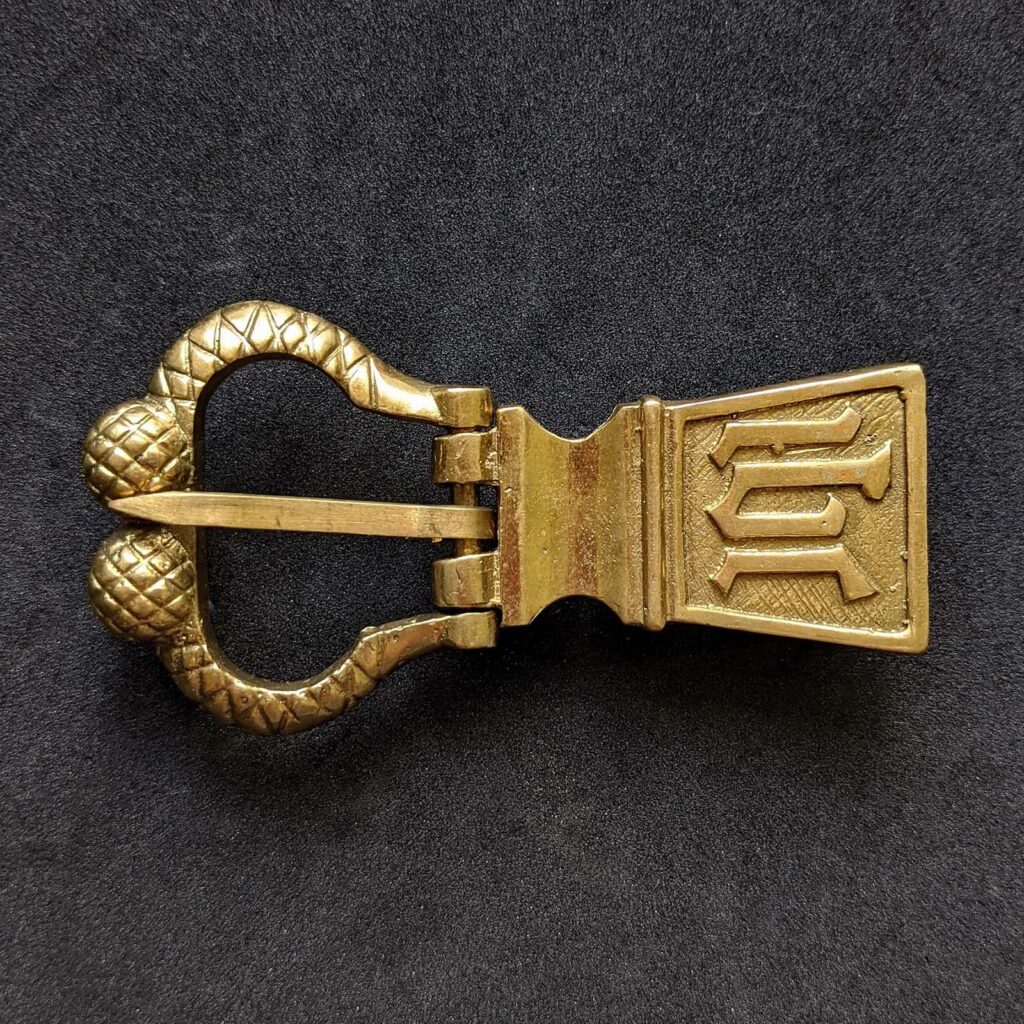
Embellishments and Engravings
Belts were often personalized with engravings or embellishments, carrying symbols of family crests, religious icons, or inscriptions. These adornments were not mere decorations; they were narratives in metal and leather, telling tales of heritage, faith, achievements, and aspirations. Each engraved symbol, each studded gem, added layers of meaning to the belts, making them personal treasures and timeless stories.
Preservation and Discovery
Archaeological Finds
Many medieval belts have been unearthed in archaeological digs, offering insights into the craftsmanship and culture of the period. These discoveries are not just historical artifacts; they are pieces of a puzzle, helping us piece together the story of our past, our heritage, and our collective journey through time.
Preservation Techniques
Preserving these ancient artifacts is crucial for historical study, involving meticulous techniques to prevent deterioration. The preservation of these belts is a delicate balance between maintaining their physical form and preserving their historical significance, a testament to our commitment to understanding and safeguarding our past.
Medieval Belts in Literature and Art
Symbolism in Literature
In literature, belts often symbolize loyalty, chivalry, or authority, reflecting their social significance. They are not just objects but symbols, woven into the fabric of stories and legends, carrying with them the weight of ideals, values, and the human condition.
Depictions in Medieval Art
Art from the medieval period frequently features belts, highlighting their prominence in fashion and society. These depictions are not just illustrations but narratives, telling stories of the times, the people, and their lives, immortalized in paint, stone, and parchment.
Modern Reproductions and Collectibles
Market for Replicas
Today, there is a thriving market for replicas of medieval belts, catering to enthusiasts and historical reenactors. These reproductions are not just costume pieces; they are bridges to the past, connecting us to a time and a way of life that has shaped our world and our understanding of it.
Collectors and Historical Enthusiasts
Collectors and enthusiasts seek out authentic medieval belts, valuing their historical significance and unique craftsmanship. These belts are not just collectibles; they are relics, pieces of history that we hold, cherish, and pass on, keeping the stories, the skills, and the spirit of the medieval times alive and relevant.
Conclusion
Medieval belts are fascinating artifacts that offer a window into the past, reflecting the social, cultural, and economic fabric of the Middle Ages. Their legacy continues to captivate historians, fashion enthusiasts, and collectors alike, making them enduring symbols of a bygone era. The journey through the world of medieval belts is a journey through time, a journey of discovery, appreciation, and understanding, a testament to the enduring allure of history and the timeless quest for knowledge and connection.
FAQs
- What materials were most commonly used in the making of medieval belts?
- Leather was the predominant material for belts, though wealthier individuals might have belts adorned with silk, precious metals, or stones. The choice of material was not just a reflection of the individual’s wealth but also a statement of their taste, their status, and their place in the societal hierarchy.
- How did medieval belts signify social status?
- The material, craftsmanship, and decoration of a belt could indicate the wearer’s social standing, wealth, and occupation. A finely crafted, ornately decorated belt was not just an accessory but a clear sign of prosperity, authority, and respectability, a silent yet eloquent testament to the wearer’s place in the complex social tapestry of the medieval times.
- What were some of the practical uses of medieval belts?
- Beyond fashion, belts were used to carry tools, weapons, pouches, and sometimes books or religious items. They were the lifelines of the medieval populace, essential for carrying the tools of trade, the weapons of war, and the symbols of faith, seamlessly integrating functionality with style and craftsmanship.
- How are medieval belts preserved and studied today?
- Archaeologists and historians use a range of techniques to preserve and study belts, including careful excavation, climate-controlled storage, and detailed analysis of materials and construction methods. The preservation of these belts is a meticulous process, a delicate dance between safeguarding their physical form and unraveling their historical, cultural, and artistic significance.
- Where can one find replicas or collectibles of medieval belts?
- Replicas are available through specialty online retailers, historical reenactment groups, and at some museums or historical sites. These replicas are more than just items of commerce; they are pieces of history, lovingly recreated to bring a slice of the medieval world into our modern lives, connecting us with our past in a tangible, meaningful way.

Thank you for taking the time to read my blog article. I am grateful for your interest and support. I hope the information I shared was useful and informative. If you have any questions or comments, please feel free to reach out. Your feedback is always welcome.
Sincerely yours,
James Cooper
-
Product on saleGreen Belt With O Ring Silver Genuine LeatherOriginal price was: $35.00.$28.00Current price is: $28.00.
-
Product on saleTie Belt With Silver Ring Tan Leather$24.50 $28.00Price range: $24.50 through $28.00
-
Product on saleTie Belt With Knot Natural Leather Silver RingOriginal price was: $45.00.$36.00Current price is: $36.00.
-
Product on saleWomens Black Tie Belt With Silver Ring – Genuine Leather$24.50 $28.00Price range: $24.50 through $28.00
-
Product on saleGreen Medieval Belt Knotted With Silver Ring Soft Leather$24.50 $28.00Price range: $24.50 through $28.00
-
Product on saleMedieval Belt With Knot Silver Ring Tan Leather$24.50 $28.00Price range: $24.50 through $28.00
-
Product on saleMedieval Belt With Ring Black Real LeatherOriginal price was: $45.00.$36.00Current price is: $36.00.
-
Product on saleBelt With Knot Black Leather Brass Buckle$38.50 $44.00Price range: $38.50 through $44.00
-
Product on saleGreen Belt With Ring Buckle Gold Tie Real LeatherOriginal price was: $39.00.$31.20Current price is: $31.20.

